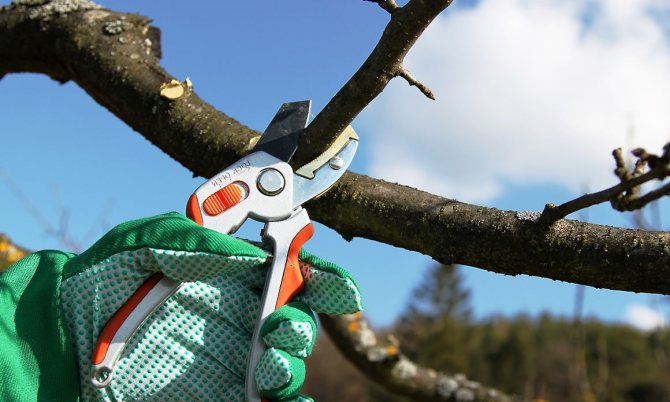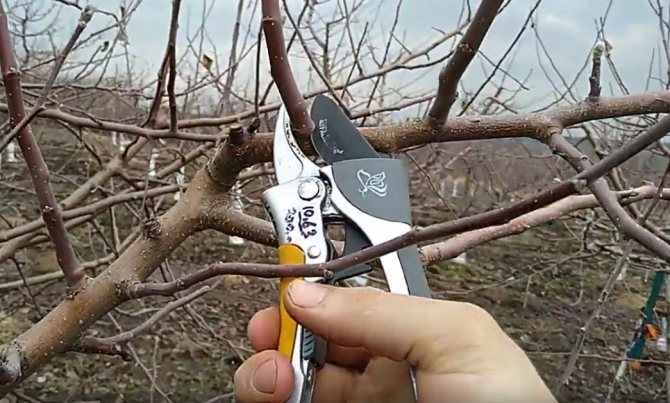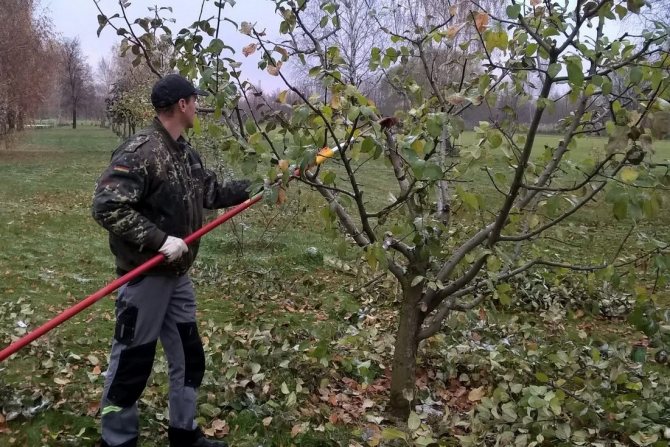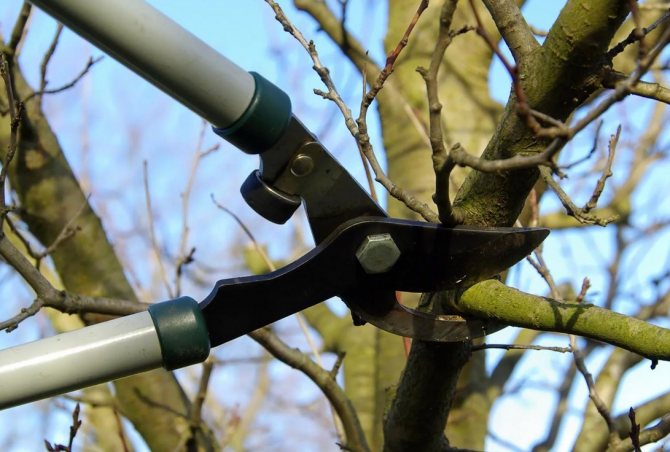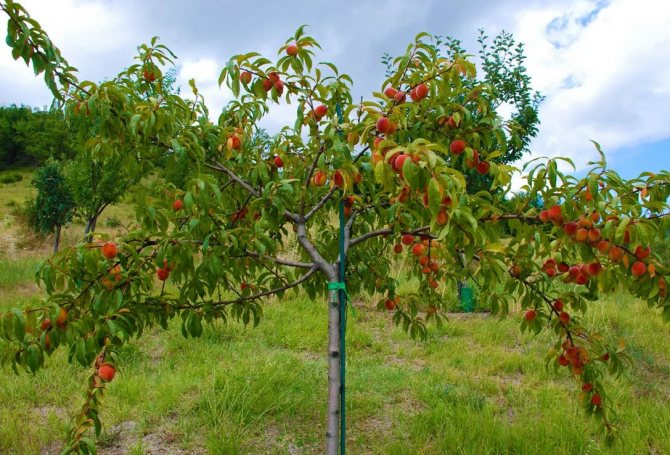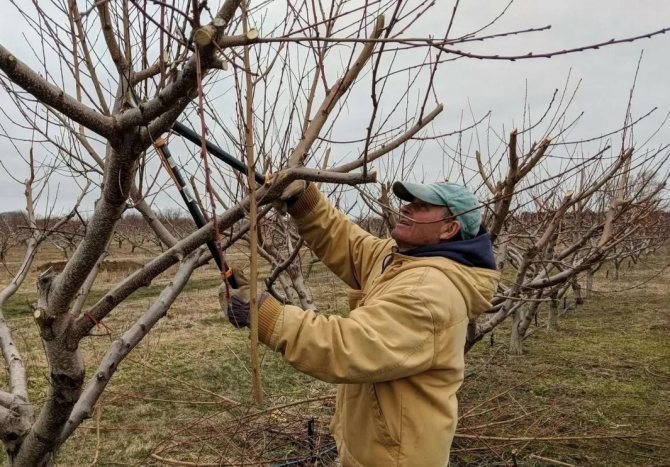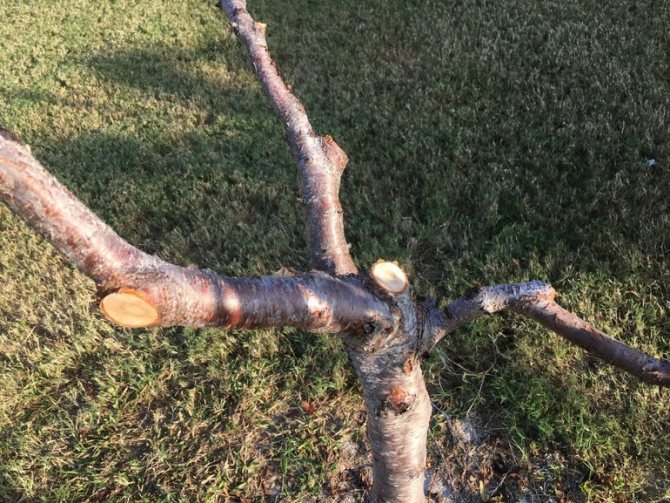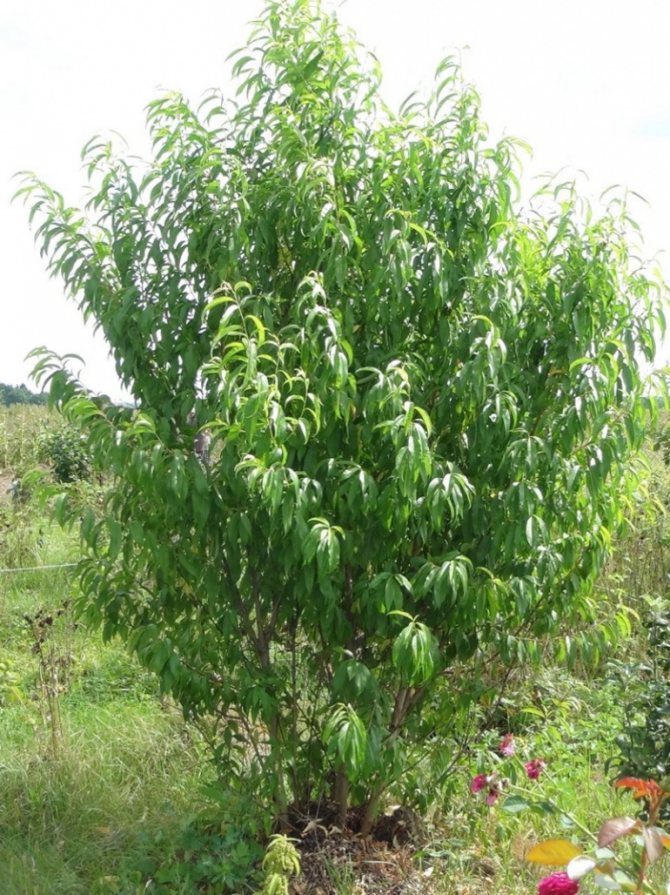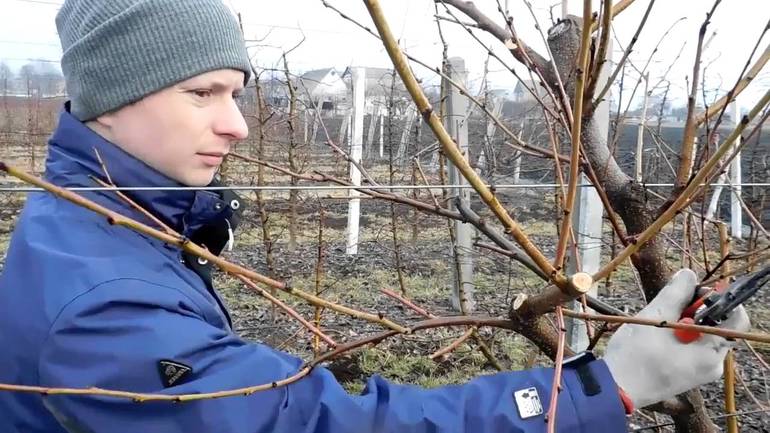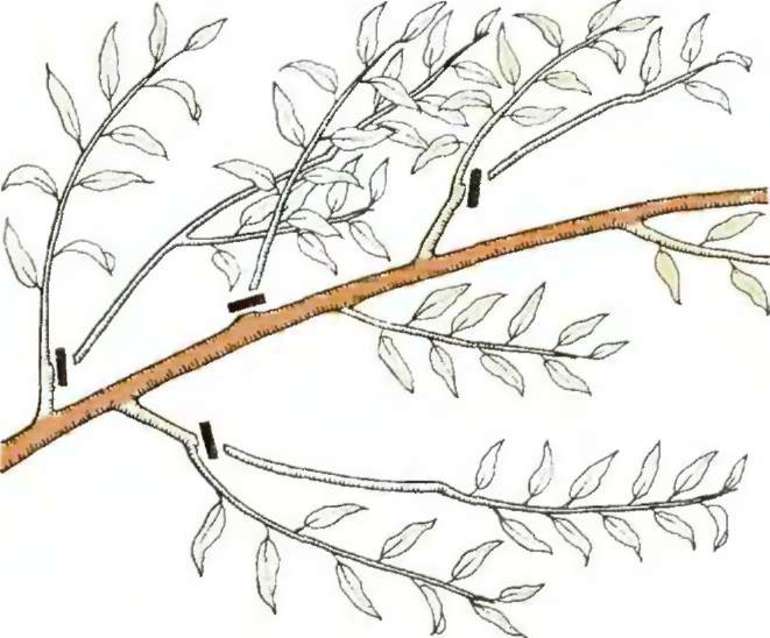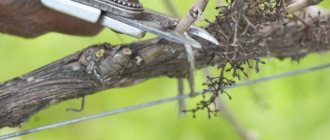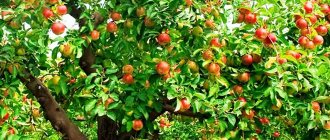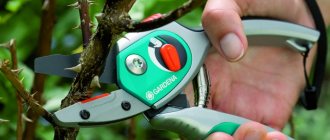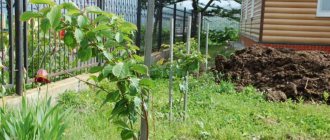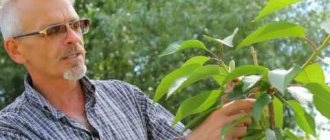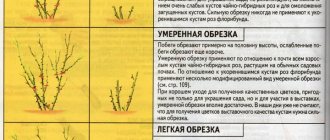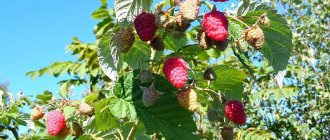Why cut a peach in the fall, what does it give
Any plant, including the peach tree, gets its nutrients from the soil... They pass through the trunk and are distributed along the branches. The peculiarity of the peach is that this process takes place faster in it than in other plants.
If you ignore pruning, the crown will become too thick and the branches located in the center will no longer receive enough sunlight and nutrients.
Important! Pruning increases the yield of the plant and prolongs its life.
If you do not carry out this procedure, the tree will look sloppy, the branches will grow chaotically, and it will be much more difficult to harvest from such a tree.
Optimal timing of the procedure
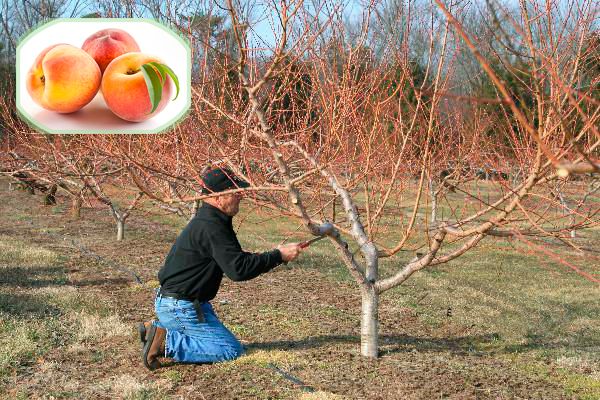
Pruning is stressful for every plant... Pruning in the spring will cause a significant drop in yields in the current season. But even at this time it has its own meaning: it is aimed at forming the correct crown of the tree, which will provide access to sunlight to all branches and facilitate the gardener in the future harvesting.
Fall pruning is considered safer. The vegetative processes of the plant are significantly slowed down - it prepares for the cold, so the tree will more easily tolerate injury. In the autumn, shortening and reducing the number of fruiting branches are carried out. The main task of autumn pruning is to prepare the plant for wintering.
Reference. The optimal time for autumn pruning is after harvest and until October 15th. Spring pruning is carried out from mid-March to April 20.
Types of shoots
Before starting the pruning process, it is important to understand which shoots exist and how much the plant needs them. The peach has several types of shoots.
- Tops. They never form fruit, but they are considered a good basis for crown formation.
- Bouquet. These are small shoots up to 35 cm long. There are many buds on them, but the fruits are small and crumble before they ripen.
- Growth. Ovaries are not formed, they are removed so that the plant does not waste its resources.
- Summer. They are thin shoots, do not produce crops and often freeze in winter.
- Fruit. Their length reaches 20-25 cm, the ovaries on them quickly crumble and do not yield a crop. If the fruits do appear, then they are very small and tasteless.
- Mixed. These shoots should not be cut off, because fruit and vegetative buds grow on them. They are very important for the growth of the tree.
How to prune a peach correctly
Subject to the rules for conducting and using high-quality equipment, pruning is an absolutely safe procedure for a peach.
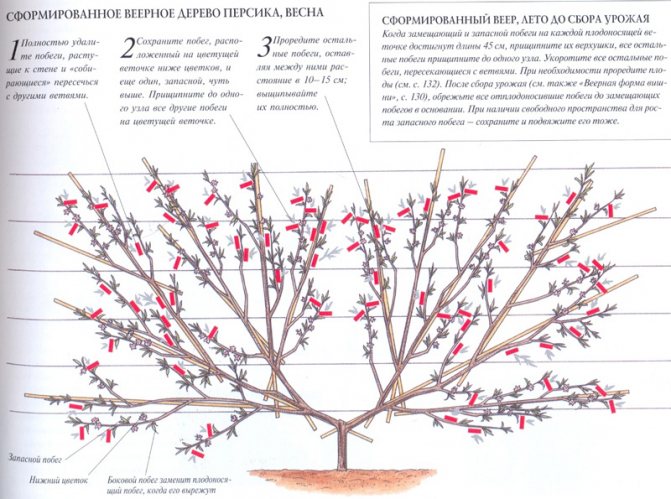

Required materials and tools
To carry out pruning, you will need a pruner, a garden saw, a delimber, and a garden knife.
Important! All tools must be well sharpened, immediately before work they are treated with an antiseptic.
Trimming scheme
Pruning is performed annually according to the following scheme.
1 year
Reduce the height of the one-year seedling to 50 cm. 2 large branches or developed buds should remain on the rest of the tree. They are tied to thin slats so that they are at a 45 ° angle to the trunk. From the rest of the lateral branches, one upper bud is cut off.
2 years
It is considered ideal if these lateral shoots grow 50 cm the next year. If this does not happen, then the central shoot is cut to the place from where these branches depart from the main trunk.
If the length of the branches is less than 40 cm, then they are cut off to the last growth or triple bud, which is as far as possible from the trunk. On these branches, 2 developed shoots are selected and tied to the same rail. The rest of the shoots are cut to the leaf closest to the main shoot.
3 years
The next fall, all large branches are shortened by about a third. Then, 3 shoots are selected on them and all growth buds directed downward are removed. These branches are tied to the rail, and the rest are cut to the first leaf.
4 years
If the pruning was carried out correctly, the tree for the fourth year pleases the gardener with a good harvest. Most often, peaches are planted near walls. All shoots directed perpendicular to the wall are removed, with the exception of those on which flowers appear in the fall - at least 2 leaves are left on them.
Step-by-step instructions for pruning
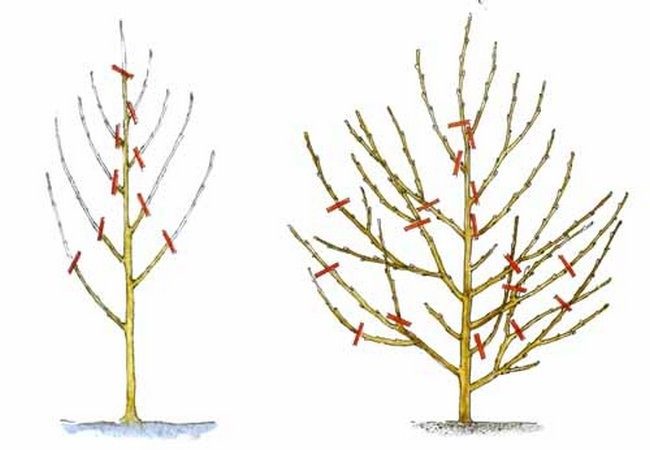

Pruning involves several steps:
- Sanitary treatment. All shoots and branches that have defects and damage are removed.
- Shortening shoots. All the shoots of the tree are pruned - those that make up the frame and those that bear fruit.
- Pruning vulnerable branches. The structure of the tree is assessed and fragile and vulnerable branches are completely removed.
Tree formation
It is recommended to strive for the formation of a peach crown in the form of a bush - this is due to the peculiarities of the movement of nutrients along the tree. In addition, this shape contributes to an even distribution of sunlight over all branches.
Optimal tree parameters:
- lower tier - 20 cm;
- stem - 50-60 cm;
- between the bases - 3-4 skeletal branches;
- on each branch - 2 semi-skeletal branches of the second order at a distance of at least 30 cm from each other;
- above the first tier - the second tier of semi-skeletal branches, up to 5 pcs.
The tools you need
It is impossible to properly prune and not damage the tree if unsuitable or unprepared tools are used.


It is important not only how to trim, but also how to trim.
All inventory must first be sharpened very sharply, remove visible traces of rust and remove all metal burrs. The fact that the tool must be completely serviceable should not even be mentioned. Accurate sharpening and proper tooling will protect both your hands and the plant from injury.
Disinfection and sterilization are required immediately before pruning. First, everything you need is soaked in a saturated purple solution of potassium permanganate or a 3% solution (30 ml per 10 liters of water) of Bordeaux liquid. The cutting surfaces are completely immersed in a deep container and left for 25-30 minutes. Then the instrument is removed and dried naturally. When it dries, wipe it with rubbing alcohol. After the alcohol has completely evaporated, you can start pruning the peach.
Tools Needed for Pruning Peach - Table
| What is required | Recommendations for selection and use |
| Secateurs | The main requirement for a pruner is tightly fitting cutting edges. It is very easy to check this. Try cutting a piece of paper. The longer the blades are, the better. This will allow you to prune the branches that are at the very depth of the crown without any problems. The pruner is only suitable for not very thick branches (2–2.5 cm in diameter). |
| Lopper | The tool requirements are the same as the secateurs. But the lopper is designed with much longer handles. They play the role of a kind of lever, allowing you to carefully cut branches with a diameter of up to 5 cm. For thicker branches it is undesirable to use a delimber, since the cut cannot be made evenly. Loose edges will prevent the wound from healing in time. |
| Garden saw | Designed for cutting the thickest branches. Choose a tool with about twice the width of the saw blade between the tops of the teeth. Such a saw will not jam in the cut, since it will not get clogged with sawdust. |
| Garden knife | Choose a quality steel tool that fits comfortably in your hand. Such a knife keeps sharpening better, and it is more convenient to work with it. |
| Wood scissors | Scissors are used to cut several thin branches at the same time (as when pruning ornamental bushes). This is very convenient if the crown of the peach is thick. Choose the lightest tool with rounded blade tips, comfortable and durable rings on the handles. It is better if the scissors are all-metal. Their handles are not made of plastic and are attached to the structure, but pasted over with rubber. When pruning, you make significant efforts, the fasteners loosen quite quickly, the rings fall off. |
Features of pruning young and old trees
The procedure has its own characteristics for trees of different ages.
Young tree
All manipulations are done carefully. Excessive branch removal can kill the plant.
Rules:
- pinch the main shoot if there are young shoots on the seedlings;
- when planting a tree, only 3-4 shoots are left pointing down, all the rest are removed;
- the branches located in the center are pruned in the third year as short as possible.
Old tree
The peculiarities of pruning an old peach depend on how carefully the owner looked after it. If not enough attention has been paid to the tree, you will have to remove not only small, but also large branches, and sometimes even parts of the tree. However, even an old tree can be brought back to life by pruning.
Section processing and further care
Since the procedure is very traumatic, attention is paid to the correct pruning technique and further care of the tree.
The places of the cuts are treated with garden varnish so that the infection does not get there and they drag on faster. The sections are processed one day after the procedure.
Further care consists in ensuring regular hydration, feeding and prophylaxis of the invasion of parasites.
After the autumn pruning, winter watering is carried out: it increases the winter hardiness of the tree. Water consumption: 90-100 liters per 1 m² of trunk circle.
Peach care includes the introduction of fertilizers into the soil, the quality and composition of which depends on the characteristics of the soil. Fertilizers are applied to poor soil every year, and it is enough to fertilize fertile soil every 2-3 years. In autumn, 40 g of superphosphate and 50 g of calcium chloride per 1 m² are added to the soil. Once every 2-3 years, the plant is fed with organic fertilizers: humus or compost.
In order to prevent the fight against parasites (aphids, fruit moths, moths) and fungi, the peach tree is treated with a 7% solution of urea or 1% solution of copper sulfate before wintering.
What are the features of preparing a peach for winter in certain regions
Every novice gardener must first understand the structure and structure of his peach tree himself, in order to then better understand the basic rules for pruning it. And, of course, have all the required tools in your summer cottage arsenal. Let's start with them.
Instruments
To perform peach pruning work, you will need the following tools and products for treating wounds after pruning:
- regular manual pruning shears (for thin branches);
- garden knife (for very thin branches and removing burrs);
- garden saw-hacksaw (for thick branches);
- secateurs with long handles (for the upper thin branches);
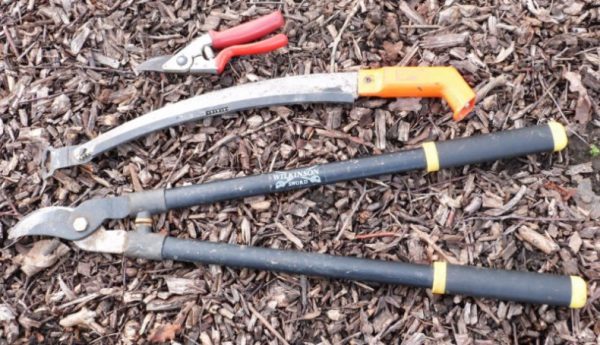

- stepladder (for the convenience of removing the upper branches);
- putty for wounds after pruning: oil paint (based on drying oil) or just natural drying oil, linseed oil or brilliant green.Alternatively, you can mix iodine and alcohol (1 to 1) or buy a garden var or a special Rannet paste.
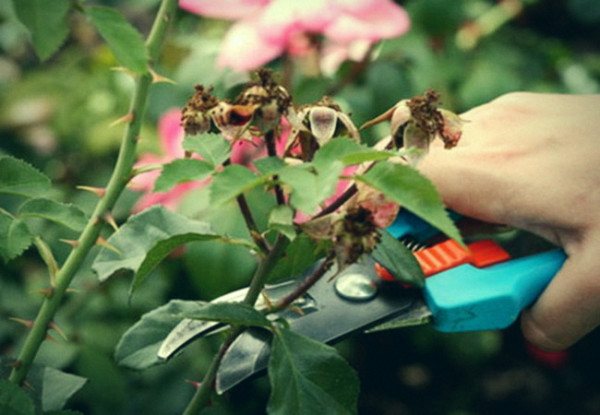

Before you start pruning, carefully examine your tree, its silhouette. And then figure out which branches clearly look superfluous (in accordance with the rules below) and only then proceed with the direct pruning.
You also need to be able to distinguish the age of the branches, which is determined by the annual bud rings located at the base of the annual growths.
It is also important to distinguish between the types of kidneys:
- vegetative (growth, leaf) - from which new shoots and leaves develop (they are smaller, and it is easy to see them on a one-year growth);
- fruit (floral) - from which flowers are first formed, and then fruits (larger ones are located on fruit wood).
Each cut bush must be treated with a fungicide, diluted garden paint or iron vitriol and spud to a height of 30 cm. Now the roses are ready for shelter in the winter. The type of shelter is chosen depending on the type of rose and the climatic conditions of the region. This can be a covering material, spruce branches, dry foliage, or specially constructed structures.
The nuances of pruning by region
The peculiarities of pruning depend on the regions in which the plant is grown.
Crimea, Kuban
In the warmest regions, early varieties of peaches are common. They are pruned in March. The crown is cupped, providing uniform illumination of all branches. Fruit branches are shortened, stimulating the emergence of new shoots.
Middle zone of Russia
In regions with a temperate climate, the procedure is carried out in late March - early April. Form in the form of a bush with developed lower shoots, which are removed after fruiting.
Northern regions
In areas with cold climates, seedlings are planted at a 45 ° angle. A bole is created with two large branches, bearing fruit alternately, and covered for the winter. Everything else is cut off.
It is interesting:
A beginner's guide: how to care for a potted pomegranate at home.
A step-by-step guide to propagating pomegranate cuttings at home.
A step-by-step guide to pruning sea buckthorn in the fall.
What is the best shape for the crown?
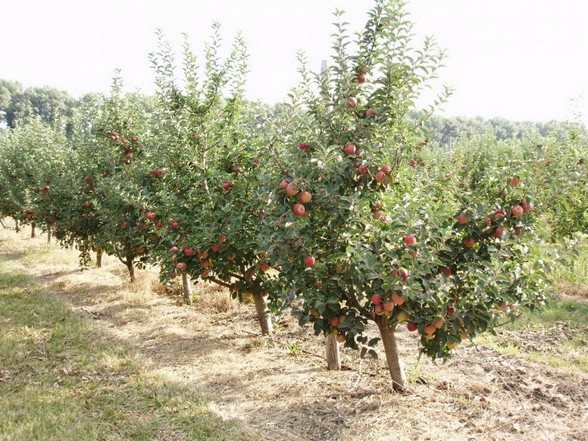

Previously, peaches grew well only in the southern regions, but today, thanks to the efforts of domestic breeders, they grow in the middle Russian latitudes and in the Trans-Urals. Peaches do not tolerate too much frost, and if they are not insulated in time, not covered, then branches and roots located close to the edge of the earth will freeze.
Thaws that occur in December are also harmful to plants. The trees may begin sap flow, they will release buds, and then frost will hit and they will freeze. It is harmful to plants.
The early shelter of trees is also harmful by the fact that the bark underpins, in some places it can begin to rot. In advanced cases, this will provoke the death of the plant.
Depending on in which area and in what weather conditions the peach will grow, its crown is given an optimal shape:
- The top of a tree is made in tiers of a cup-shaped top in regions where it is warm, for example, in the Crimea, and in winter it is most often freezing temperatures or small frosts.
- Formation when the crown is made a "fruit link", the stem turns out to be creeping. Leave 2 main skeletal branches. The fruits ripen on them in turn, at 1 year on one, at 2 - on the other. This is a thickened planting, it is also called "meadow garden". This type of pruning is done when the peach is growing in an area with harsh winters and the tree is covered in winter.
- In the form of 2 shoots from the ground. Leave the strongest. They bear fruit, then they are cut off and 2 strong branches again grow nearby. Most often, such a bush shape is given to a tree in the Moscow region.
«Important! If the peach grows in an area with cold winters, then spring pruning is done not in March, when the buds have not yet blossomed, but later, when there are leaves.Then it is obvious where the branches are alive, and where the frostbitten ones, which need to be removed. "

